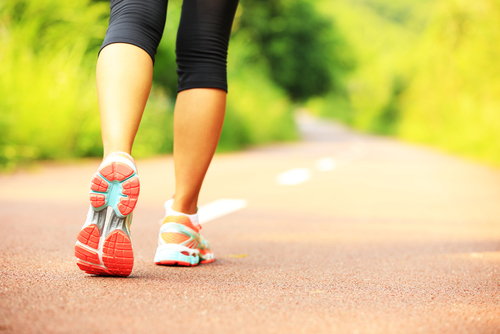Exercise May Help IPAH Patients by Shifting Immune System Toward Healthier Balance

Physical exercise can modulate the immune response that activates inflammation in patients with idiopathic pulmonary arterial hypertension to improve their cardiopulmonary function and quality of life, a study published in the BMC Pulmonary Medicine reported.
Pulmonary arterial hypertension (PAH) is a progressive vascular disease characterized by increased blood pressure in the lung vasculature, due to narrowed and constricted vessels. When PAH occurs without any identifiable cause, it is called idiopathic PAH (IPAH).
Patients with IPAH commonly show local inflammation in the constricted vessels, and in some cases an altered systemic inflammatory status, with unusual levels of immune cells and circulating proteins.
In the study, “Acute effects of exercise on the inflammatory state in patients with idiopathic pulmonary arterial hypertension,” the authors reported for the first time a link between the immune system and physical exercise in patients with IPAH.
Previous studies have shown that exercise training improves IPAH patients’ functional capacity in the 6-minute walk distance (6MWD; an exercise capacity test), their cardiopulmonary function, and reported quality of life. But the mechanisms underling these improvements are not clear.
Researchers performed a single cardiopulmonary exercise testing (CPET), which involves a cycling exercise, in 16 IPAH patients and 10 healthy subjects, matched by age, gender and weight.
To determine the involvement of the immune system with physical exercise, the characterization of peripheral blood immune cells (such as lymphocytes) and circulating pro-inflammatory proteins (such as cytokines) were assessed before, directly after, and one hour after exercise.
Before exercise, IPAH patients were found to have elevated levels of specific subsets of immune cells (Th2 and regulatory T lymphocytes) and pro-inflammatory cytokines (IL-6, and TNF-alpha). This specific immune profile helps to explain the chronic levels of inflammation in IPAH patients.
Researchers then analyzed the same immune and inflammatory elements after exercise. They observed a transient increase in the circulating immune cell numbers following exercise in both IPAH patients and healthy subjects.
But, one hour after exercise, the levels changed. Researchers found that exercise promoted a reduction in the Th17 lymphocytes subset and a sustained reduction of IL-1-beta and IL-6 cytokines, indicative of a possible anti-inflammatory profile.
“This indicates that exercise may shift the imbalance of the inflammatory status towards equilibrium or excess of the anti-inflammatory activity,” they said, a shift that be the mechanism behind the reported symptom improvements.
Still, better understanding is needed of the long-term effects that exercise can have on IPAH.
“The single bout of exercise in IPAH patients seems to be safe from an immune and inflammatory point of view and we demonstrate that the immune system reacts differently in patients with IPAH as compared to healthy control subjects,” the researchers concluded.







